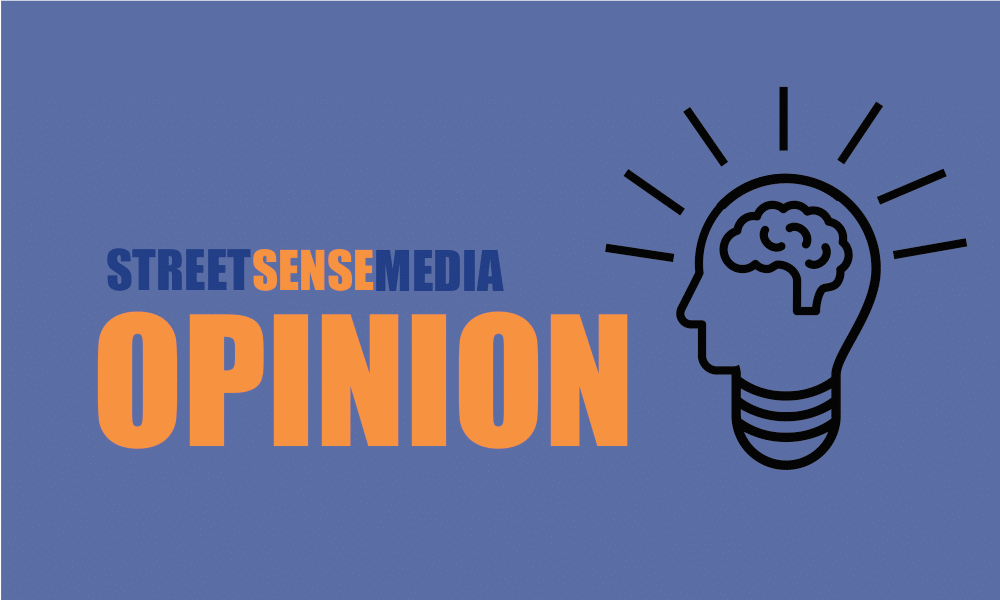On May 17, public schools across the nation celebrated the 60th anniversary of Brown vs. Board of Education, the historic U.S. Supreme Court decision that legally ended racial segregation in public schools.
The nation’s high court ruled unanimously that separate educational facilities for students of different races are inherently unequal and illegal. However, institutional racism and unequal funding still plague many schools, locally and nationally, according to advocates from across the country who gathered on May 13 before the U.S. Supreme Court to stage a commemorative Brown vs. Board of Education rally. They blamed enduring inequality for driving a downward spiral that allows schools, primarily located in neighborhoods of color, to fail and ultimately to close.
“We need 21st century versions of equality,” U.S. Representative Eleanor Holmes Norton said at the rally, hosted by the local advocacy group, Empower DC.
Participants from New York, Illinois, New Jersey, New Orleans, and Pennsylvania used the anniversary of the historic court decision to draw attention to school closings they called racially motivated.
Speakers at the rally also announced that complaints were being filed in Newark, N.J., Chicago, Ill., and New Orleans, La.under Title VI of the Civil Rights Act, which prohibits the use of federal funds in discriminatory practices. The complaints were filed with both the U.S. Department of Education’s Office for Civil Rights and the U.S. Department of Justice by members of the national Journey for Justice Alliance, a coalition of grassroots education groups, who explained their concerns in an open letter to U.S. Attorney General Eric Holder and U.S. Secretary of Education Arne Duncan.
“As we commemorate the landmark civil rights victory that struck down the ‘separate but equal’ doctrine and the system of codified racism in our public schools, we respectfully request that you open an investigation of the racially discriminatory school closings that are the subject of these complaints,” the advocates wrote to the federal officials. They spoke out against the charter and privately-managed schools that have replaced traditional neighborhood schools in some poor neighborhoods.
“By stealth, seizure and sabotage…corporate profiteers are closing and privatizing our schools, keeping public education for children of color, not only separate, not only unequal, but increasingly not public at all.”
In many cases, education officials have defended the closure of “under-performing” schools as a way of channeling resources and offering children better educational opportunities. Yet speakers at the rally argued that the closures can also result in in less desirable consequences: crowded classrooms and long and difficult rides to unfamiliar neighborhoods. They said that school closings often hasten the crumbling of poor neighborhoods and they argued that charter schools maintain more stringent and selective admissions policies and divert funds from the traditional public schools they replace.
Parents, teachers, community members, and students small enough to ride on their fathers’ shoulders gathered at the rally before marching to the Department of Justice. Some chanted “There’s No Power Like the Power of Youth, Cause the Power of Youth Don’t Stop!” Many wore shirts that asked the public to “reclaim the promise” that was made sixty years ago of equal opportunities in education regardless of race. Members of organizations such as the American Federation of Teachers and the Center for Popular Democracy marched along.
Additionally, the Journey For Justice Alliance released a public report titled “Death by a Thousand Cuts: Racism, School Closures, and Public School Sabotage,” which the Empower DC website describes as “a damning look at the devastation caused by the planned growth of charter schools and the concurrent closure of neighborhood public schools in communities of color across the country.” Rally participants hand-delivered a copy of the report to the Department of Justice at the end of their march.
www.empowerdc.org/uploads/J4JReport-Death_be_a_Thousand_Cuts.pdf.
SIDEBAR: Excerpts from “Death by a Thousand Cuts: Racism, School Closures, and Public School Sabotage:”
“The plaintiffs in Brown fought and sacrificed for the right to attend public schools, and for all children to have high-quality educational opportunities in public schools. Yet now, similar to the pre-Brown era of “separate and unequal” schools, the children and youth in our communities are being treated as second-class citizens, and our public schools are being treated as schools of last resort. Just as in the post-Brown era, when public schools were closed in some communities and the concept of “school choice” was created so that southern White families could avoid school integration, “school choice” is being used to justify the unwillingness of our education policymakers to provide each of our children with a high-quality education in their neighborhood public schools” (5).
“School closures and charter school expansion have limited the ability of many people in our communities to even access a school. First, the proliferation of school closures – typically concentrated in low-income communities of color – has created “education deserts,” entire communities without a single school. In other words, something as basic as being able to send one’s child to a school in your own neighborhood is now impossible within many of our communities” (11).
“these receiving schools often become overcrowded, and have their class sizes increase dramatically. For example, there are now many schools in our communities where the average class size is higher than 30, which precludes high-quality, personalized education, especially considering the high level of educational and developmental needs our students typically have (including a greater proportion of students living in extreme poverty, students with special needs, English language learners, and youth in the foster care system or who are homeless). In fact, because of school closures, many of our schools have classes with more than 40 or even 50 students in them, which is nothing short of shameful. And many of our public schools are now being labeled as “under-utilized” – and often closed – if they don’t have what most parents and educators would consider to be an excessive number of students per class” (12).
“in New Orleans, where there has been a massive investment by “reformers” in the success of charter schools – in the hope that it could be a model for the rest of the country – 79% of charter schools were recently rated as a “D” or “F” school by the Louisiana Department of Education” (12).
“because of the selective admissions practices of charter schools and their greater inclination to push challenging students out (discussed more below), our public schools are typically left with a higher concentration of students who require the most attention and resources. Yet they typically aren’t provided with additional funding, and in fact when students are pushed out from charter schools mid-year and enroll in public schools, the funds allocated for those students typically stay with the charter school” (13).
“when schools are closed, many students never re-enroll at another school. Following last year’s school closures in Philadelphia, 600 students are still unaccounted for. Similarly, there are 800 students that have not been located in Chicago after last year’s closing of 49 schools” (17).
“the schools they are closing are often the anchors of communities, the hubs of local activity, the source of immense community pride, and a powerful reminder of shared history. Schools build communities. So when they are closed, it is not a simple act of finding another place for those students to be educated – it creates a gaping hole within our neighborhoods” (18).
“When schools close, people lose their jobs and their families suffer as a result. Residents lose community services housed in schools, such as pre-K programs, before- and after-school programming, adult education classes, and health clinics. Property values in the neighborhood often decline, residents move away, and new residents become much harder to attract because a boarded-up school is a sure sign of neighborhood instability and deterioration. Many of our communities experience a massive outflow of economic and human capital, which they can ill afford considering they were already substantially under-resourced” (19).





